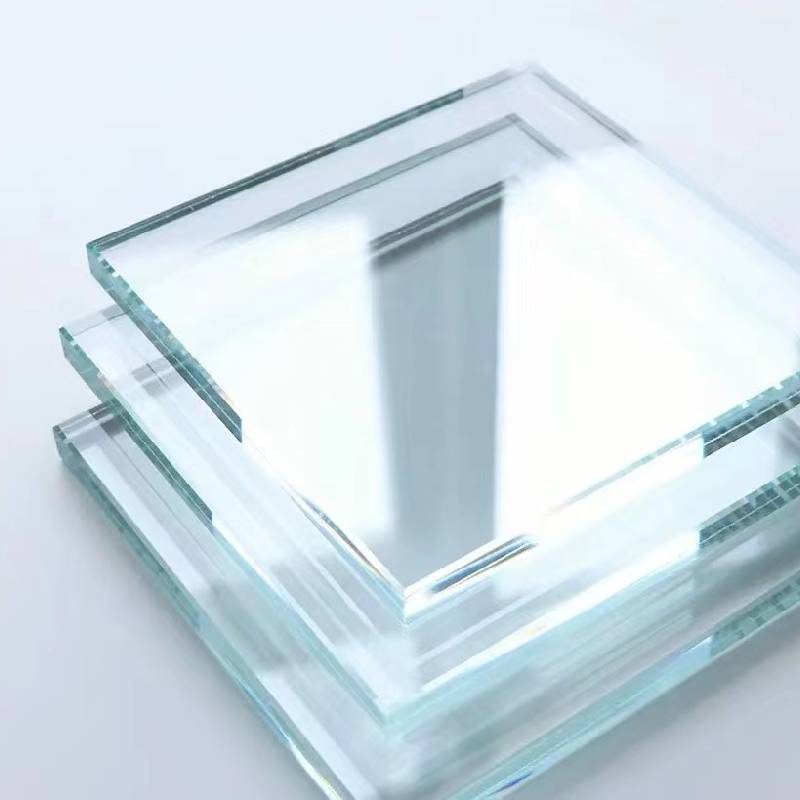

Understanding 8mm Float Glass A Versatile Building Material
Float glass, a widely used material in construction and design, is known for its clarity, uniform thickness, and smooth surface. Among the various thicknesses available, 8mm float glass stands out due to its combination of strength, versatility, and aesthetic appeal. This article delves into the characteristics, applications, and benefits of employing 8mm float glass in various projects.
Float glass is manufactured through a process that involves floating molten glass on top of molten tin. This method results in a flat, even surface with excellent optical clarity. The thickness of the glass significantly affects its mechanical properties, and 8mm thickness is often considered an ideal compromise between weight and strength. It is robust enough to withstand environmental stresses while remaining manageable for installation.
One of the primary characteristics of 8mm float glass is its transparency. It allows natural light to penetrate spaces, creating bright and airy environments. This transparency makes it an attractive option for architectural applications, including windows, facades, and glass walls. Additionally, its aesthetic quality is enhanced by the smooth surface that reduces light distortion, offering an unobstructed view.
In terms of applications, 8mm float glass is used extensively in both residential and commercial buildings
. In residential architecture, it is often employed for large windows and sliding doors, providing unobstructed views of gardens and landscapes. In commercial settings, this thickness is ideal for storefronts and glass partitions, as it can be easily incorporated into modern design while ensuring durability and safety.
Another critical aspect of 8mm float glass is its adaptability. It can be tempered or laminated to further enhance its properties. Tempering increases the glass's strength and thermal resistance, making it suitable for environments where durability is paramount. Laminated glass, on the other hand, consists of layers of glass that are bonded together, offering additional safety features by holding shattered pieces in place upon impact. This adaptability allows architects and designers to use 8mm float glass in a wide range of safety-sensitive applications.
Moreover, 8mm float glass is energy efficient. It can be treated with various coatings that improve thermal insulation and reduce heat gain, contributing to energy savings in buildings. By incorporating low-emissivity (low-E) coatings, the glass can reflect infrared light, keeping interiors cooler in the summer and warmer in the winter. This quality makes it an environmentally friendly choice for sustainable architecture.
In addition to its practical applications, 8mm float glass also contributes to the aesthetic value of a space. Its clean lines and modern appearance resonate with contemporary design principles, making it a favorite among architects and interior designers alike. Whether used in minimalist designs or as part of a more elaborate architectural statement, its versatility is evident.
In conclusion, 8mm float glass serves as an essential component in modern construction and design, blending functionality with aesthetics. With its strength, clarity, and versatility, it meets the diverse needs of various applications, from residential homes to commercial buildings. As sustainability and energy efficiency continue to be paramount in design considerations, 8mm float glass will likely remain a popular choice for architects and builders around the globe. Whether for window installations, facades, or interior partitions, its enduring appeal makes it a valuable asset in the realm of building materials.